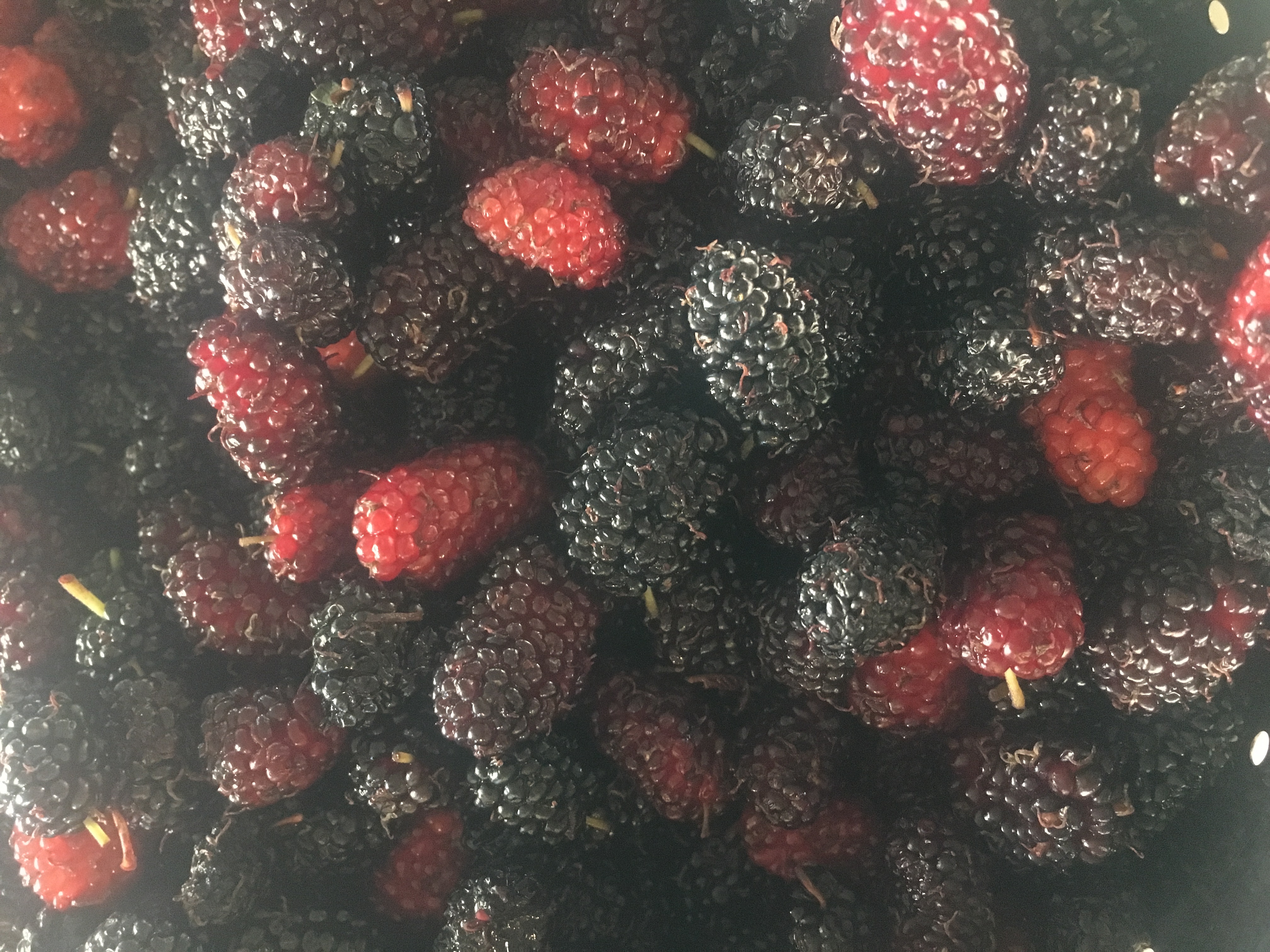Using Kaolin Clay for Pest Management
If you are not familiar with kaolin clay, this product is mostly available as Surround WP and used in commercial organic agriculture. It is used to deter squash bugs, cucumber beetles, cutworms, boring insects, thrips, and more. When purchased, it is surprising how large the bag is, but it lasts a long time and if used correctly, this size makes sense.
Recently we visited Shannon Ruckers Market Garden in Mesa and she shared the most genius tip with us on using kaolin clay to control pests. While we have always been familiar with spraying the plants with kaolin clay, Shannon shared that she dips her squash seedlings into a kaolin clay solution before planting them out.
How to Mix Kaolin Clay
Start by adding three cups of clay into a container. One gallon of water is used for three cups of clay. Slowly add a small amount of water to make a loose paste before adding the remaining gallon of water. If used for dipping seedlings it is ready to use. If it is being sprayed on crops, fill it into a backpack sprayer, preferably with an agitator as the clay does settle at the bottom.
Why it is Effective
When young seedlings are dipped into the clay solution,( dip all the way to the soil, including stems), they can not be found by pests as the clay disguises the plant’s unique scent. It also protects young seedlings from damage by insects that may try to eat or lay eggs in the stems, such as borers, cutworms, and even rolly pollies. If an insect pest does happen to find the plant, the fine clay is very irritating to them. It gets under the scales of insects and caused them to groom obsessively. They stop feeding and mating.
As the new leaves start to appear, the plant has had a chance to establish and hopefully been missed by any pests.
As the plants grow, they should be sprayed twice a month to keep all foliage and fruit inhospitable to pest insects. Both sides of the leaves should be sprayed, in squash, the underside is particularly important.
The USDA)has conducted studies showing that kaolin is also effective in preventing thrips infestation on small fruit trees such as apples and peaches.
An application of the powder applied at 50% bloom deters thrips. The use of kaolin clay at this point in fruit development helps more fruit to set and does not negatively affect the quality of the fruit. Kaolin clay will not harm beneficial pollinators.

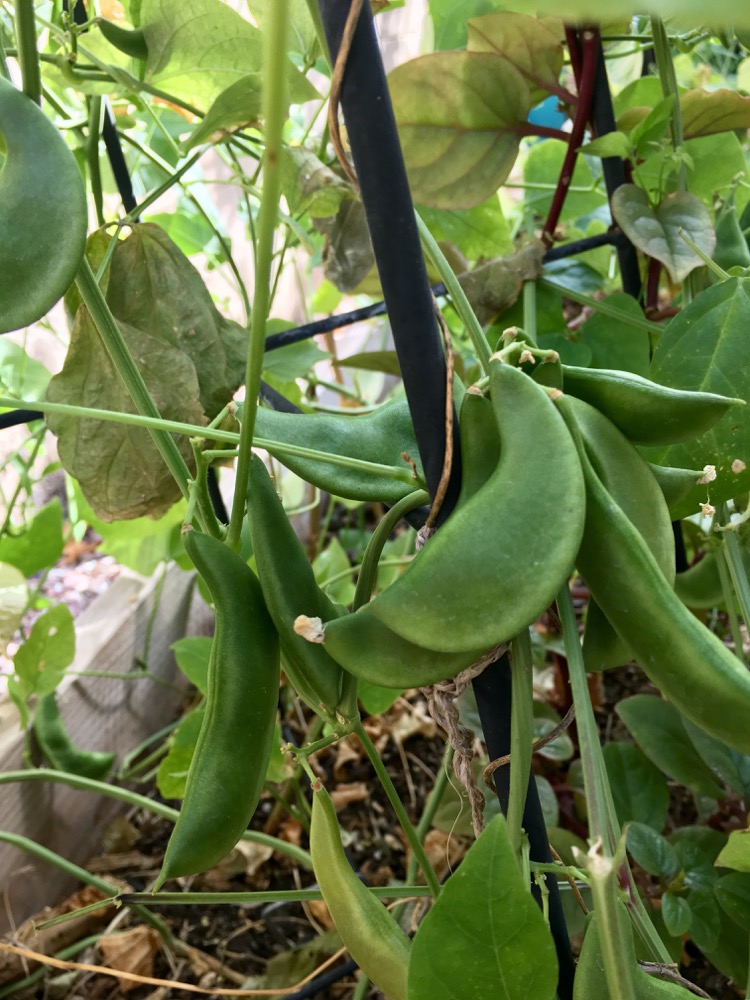

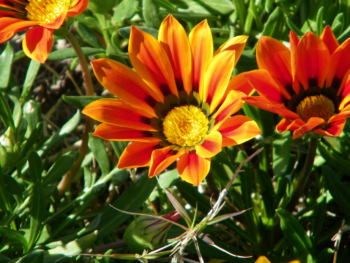

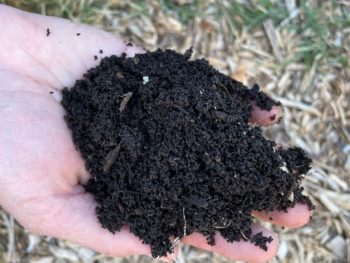



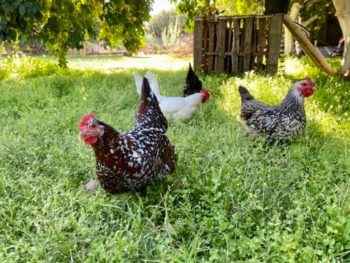



 How To Grow Mangoes In The Desert
How To Grow Mangoes In The Desert